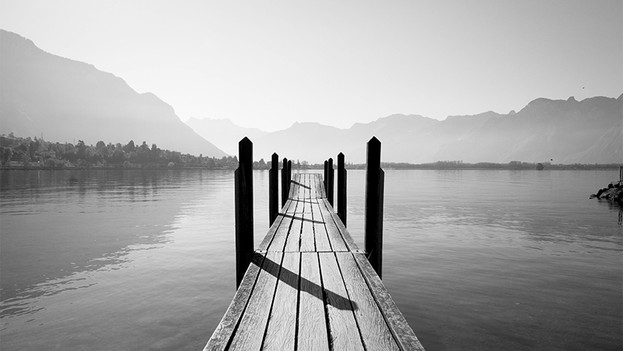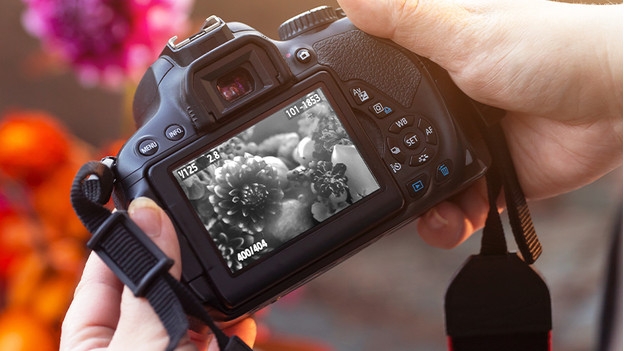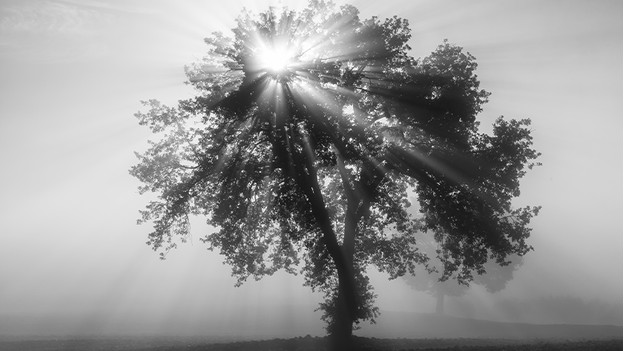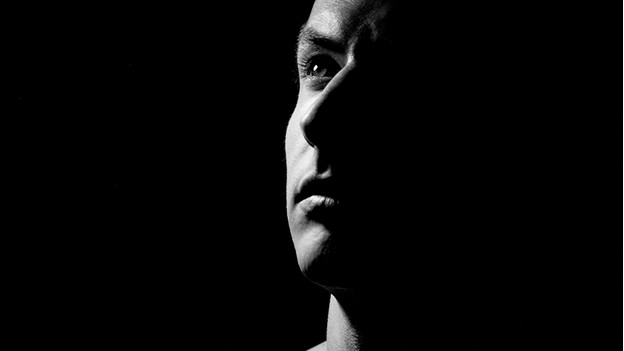
Tips for black and white photography
Tip 1: take photos in RAW

It's important that you take photos in RAW, so you store more information about the photo. That allows you to easily bring back light in an underexposed photo in an editing program. The RAW format is smarter than the standard JPED format. In RAW, you can determine how the black and white contrast looks in the photo. That way, you can sharpen the contrast between black and white in a natural way.
Tip 2: set the camera to black and whtie

Because you store all colors in RAW, it can be hard to imagine what your black and white photo will look like. Luckily, you can use the 'monochrome' option, so your camera display only shows a black and white preview. That's the result of your black and white photo for now. That way, you can better see if the contrast, lighting, and shape of the photo is in balance.
Tip 3: look for contrasts and tones

The right contrast between black and white results in a nice black and white photo. Because you don't have color differences to make your subject stand out, you have to create contrasting tones in your photo. You can take photos of a dark subject against a light background, to make the subject stand out. This makes your photo more interesting, and it adds more depth.
Tip 4: look for patterns and texture

In color photos, you'll often miss subtle patterns, because the colors can distract. With a black and white photo, the viewer pays more attention to patterns in the photo, because they stand out more. A neat repetition makes a black and white photo more interesting. Just like patterns, textures also stand out more. Sheds or antiques are the ideal subject to show little details in black and white, for example. Keep the composition in mind as well, so you can emphasize your subject.
Tip 5: use the right lighting

Think about the story you want to tell with your photo based on the tips above. Then, think about how to expose your photo. If you light your subject from the side, you'll get a dramatic black and white photo. You emphasize the contrast between black and white. It's also possible to play with shadows to make your photo more interesting. Only let the shadow fall on a part of the face, and only light the other side, for example. This way, you'll get an expressive photo. Outside, you use the light of the sun.


